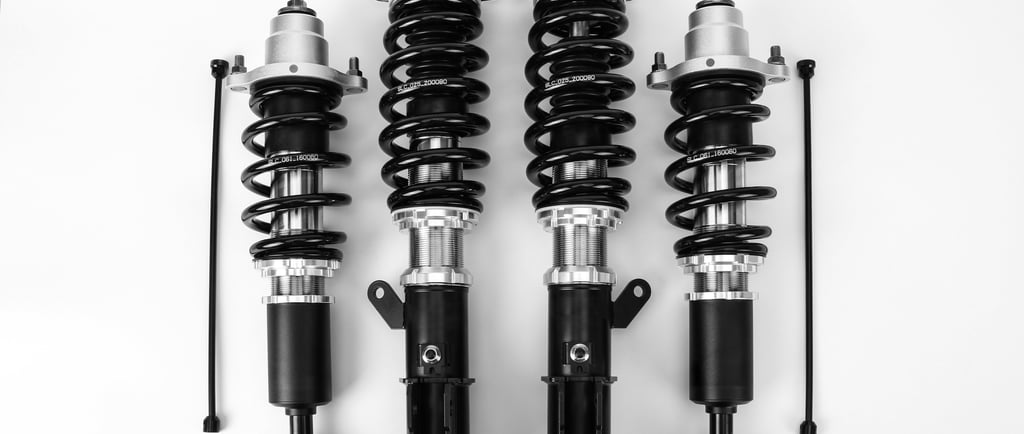Shocks and Struts and your ride performance
We care about your safety and comfort, so here's a few tips on your vehicles shocks and struts.
Eric Davis A.S.E. Certified Master Technician
3/27/20232 min read


Your car's shocks and struts play a crucial role in providing a comfortable ride and ensuring safety on the road. Over time, they can wear out and become less effective, leading to a rough ride and potentially dangerous driving conditions. In this blog, we'll cover everything you need to know about automotive shocks and struts safety and maintenance, including why it's important to have them replaced at 50,000 miles.
What Are Shocks and Struts?
Shocks and struts are components of your car's suspension system that help absorb bumps and vibrations on the road. Shocks and struts work together to keep your car's wheels in contact with the road, providing stability and control while driving.
Signs of Worn Shocks and Struts:
Here are some signs that your shocks and struts may be worn and in need of replacement:
Rough Ride: If your car feels bouncy or unstable, it may be a sign that your shocks and struts are worn out.
Longer Braking Distance: Worn shocks and struts can increase your car's braking distance, which can be dangerous in emergency situations.
Uneven Tire Wear: Worn shocks and struts can cause uneven tire wear, which can lead to premature tire replacement.
Leaking Fluid: If you notice oil or fluid leaking from your shocks or struts, it's a sign that they're worn out and in need of replacement.
Importance of Shock and Strut Maintenance:
Regular maintenance is essential for prolonging the life of your shocks and struts. Here are some tips for maintaining your shocks and struts:
Check for Wear: Shocks and struts should be checked regularly for signs of wear, such as leaks or damage.
Replace in Pairs: Shocks and struts should be replaced in pairs to ensure even wear and consistent performance.
Follow Manufacturer Recommendations: Follow the manufacturer's recommendations for shock and strut replacement, which is typically around 50,000 miles.
Avoid Overloading: Avoid overloading your car, which can put undue stress on your shocks and struts.
Why Replace at 50,000 Miles?
It's recommended to replace your shocks and struts at around 50,000 miles because they can begin to wear out and lose effectiveness around this point. Worn shocks and struts can affect your car's handling, braking, and stability, which can increase the risk of accidents. By replacing your shocks and struts at 50,000 miles, you can ensure that your car is safe and comfortable to drive.
Conclusion:
Your car's shocks and struts are critical for providing a comfortable ride and ensuring safety on the road. By following these tips for shock and strut maintenance and replacing them at 50,000 miles, you can prolong the life of your car and reduce the risk of accidents. If you're experiencing any problems with your shocks or struts, don't hesitate to contact a qualified mechanic for repairs.
